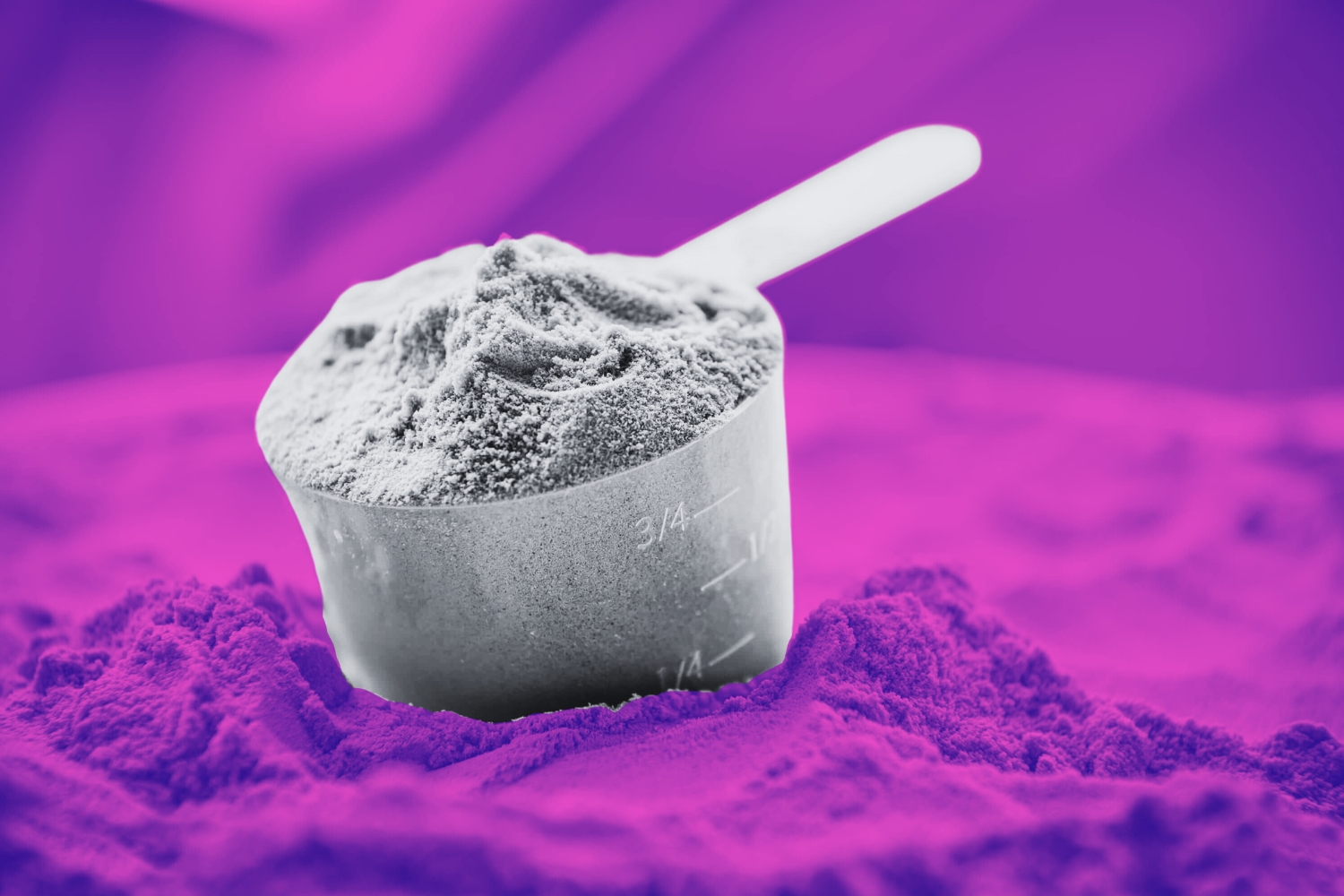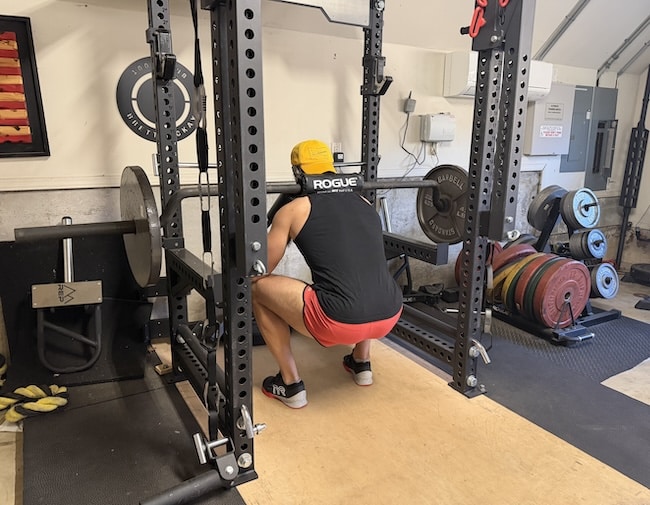These Affordable Amazon Snow Boots Are Suddenly Everywhere — Here’s Why Shoppers Keep Buying Them
Dec 9, 2025Everything You Know About Protein Is Wrong, Says Stunning New Meta-Study
- Feb 3, 2024
- 0 Comments
501

We all know that protein is one of the most important nutritional pillars for losing weight, building muscle, and maintaining all round healthy lifestyle. It can even help stave off depression and a number of other mental health issues. However, a new meta-study would change the ay you use and consume protein forever.
We were alerted to this news thanks to a post from content creator Matt Garbarino, who points to a brand new meta-analysis showing that the ’30g rule’ which so many people had taken as gospel in regards to protein — that your body can only usefully process 30g of protein from any given meal — may be totally untrue. He explains in detail below…
Hitting Your Protein Goals
Now that you can consume as much protein as you like at every sitting, it should be easier than ever to hit your macro goals. In case that’s something you struggle with, however, I wanted to revisit a previous DMARGE post that draws on a little help from Coach Sam Forget…
Coming in with a savvy Instagram post that has some solid gold tips on how to get the right amount of protein without consuming too many calories. Speaking to his followers, Coach Sam said this:
“If you have weight loss goals this year, and you struggle to get enough protein without going over your calories… pay close attention to this.”
Coach Sam Forget
He then listed a bunch of protein-rich foods, including their so-called protein percentages. The list included chicken breasts (~95% protein), tuna (~95% protein), egg whites (~94% protein), pea protein (~90% protein), whey protein (~88% protein) and shrimp (~85% protein).
The next slide included sirloin steak (~75% protein), beef jerky (~75% protein), deli turkey (72% protein), 93/7 ground beef (~54% protein), 93/7 ground turkey (~53% protein) and salmon (~51% protein).
Next, there was another slide with tofu (~40% protein), flavoured Greek yogurt (~37% protein), protein bars (~36% protein), cheese sticks (~35% protein), whole eggs (~34% protein) and edamame (~32% protein).
Finally, there was rib-eye steak (~31% protein), lentils (~31% protein), black beans (~24% protein), peanut butter (~17% protein), quinoa (~15% protein) and almonds (~14% protein).
Of the list, Sam said: “These percentages refer to how much of each item’s calories come from protein,” adding that “if you struggle to get enough protein without going over your calories, you’re probably not choosing enough items with a high percentage.”
“These numbers aren’t perfect, and you can probably find sets of nutrition facts that at least slightly contradict what you’re seeing. But the list isn’t supposed to be the be-all, end-all. It’s supposed to get you in the ballpark.”
Coach Sam Forget
“The lower percentage items are NOT ‘bad,’ or inherently ‘worse.’ Plenty of them offer meaningful amounts of protein.”
He finished: “The easiest way to get more protein is to divide your target by how many meals you’re having (ex. 120 grams per day spread across three meals = ~40 grams per meal), and have bigger portions of the higher percentage items.”
“I know this sounds painfully simple – but many people start their day with 10-15 grams of protein or have a protein-less lunch and wonder why they struggle to ‘catch up’ later on.”
Publisher: Source link







